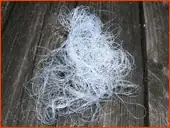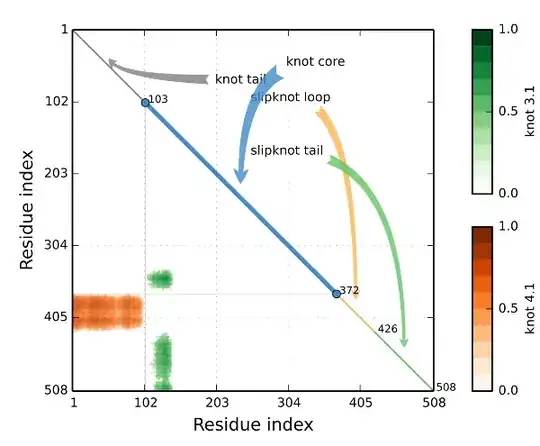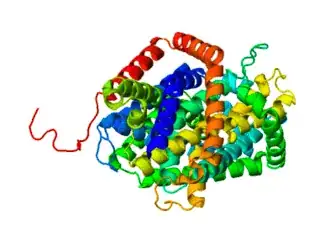Let $\gamma$ be a simple (non-self-intersecting) open curve in $\mathbb{R}^3$. I am seeking a measure of its degree of "entangledness," some measure that accords with the intuition one senses with a tangled fishing line. One measure is to connect the two ends of $\gamma$ and use a measure of its degree of knottedness, e.g., its unknotting number, or, perhaps, its writhing number. But it would seem these depend on how the ends are connected, rather than on $\gamma$ alone. Have other natural measures been proposed? I'd appreciate pointers. Thanks!

A year later, I remain interested, especially in some type of energy measure along the lines attempted by Qfwfq. It would be especially pleasing to have a measure that somehow measures the effort it would take to straighten a tangle.

